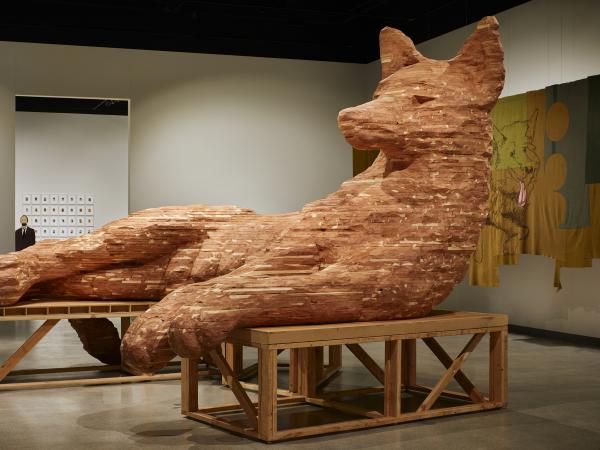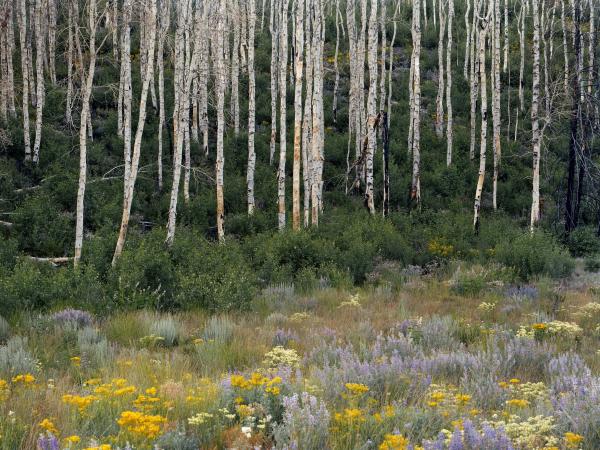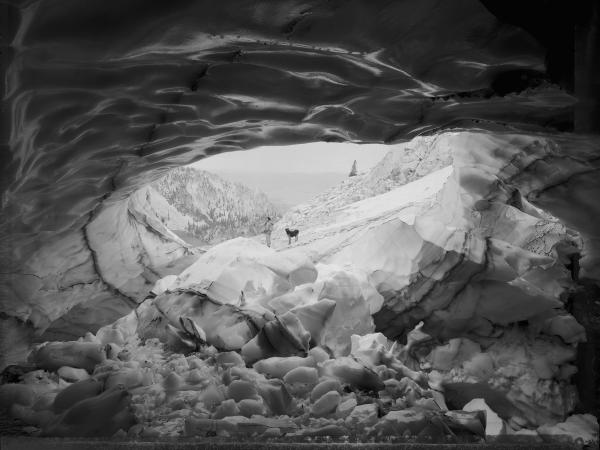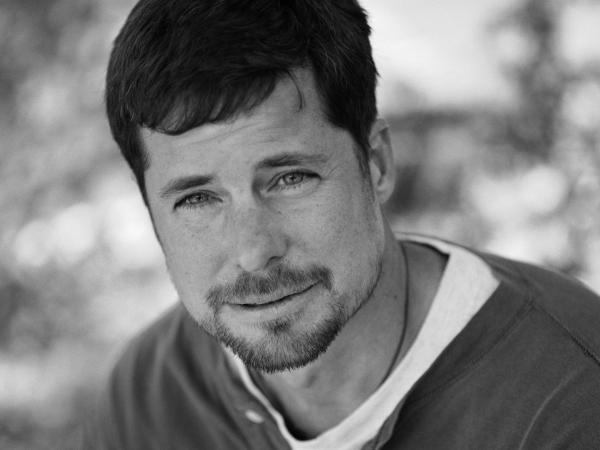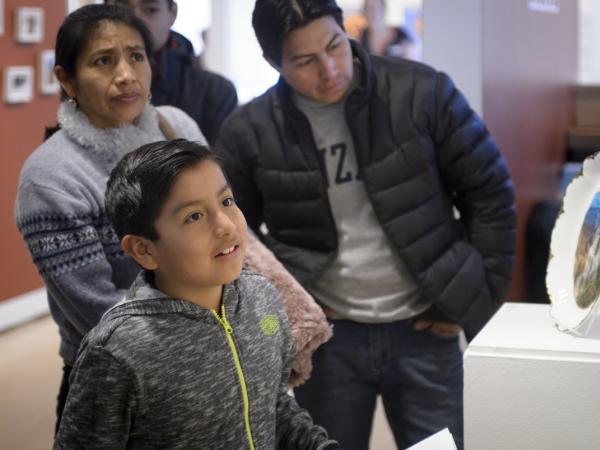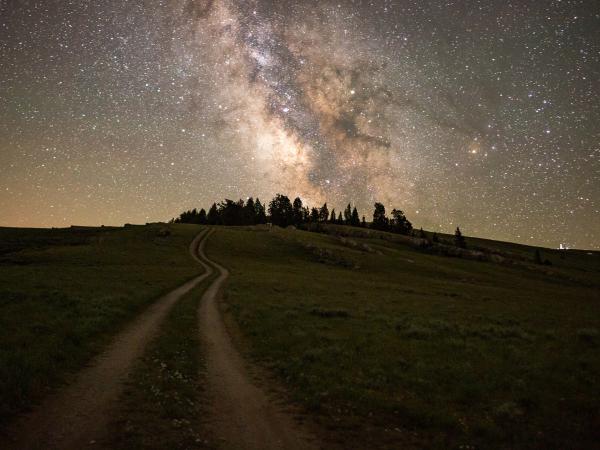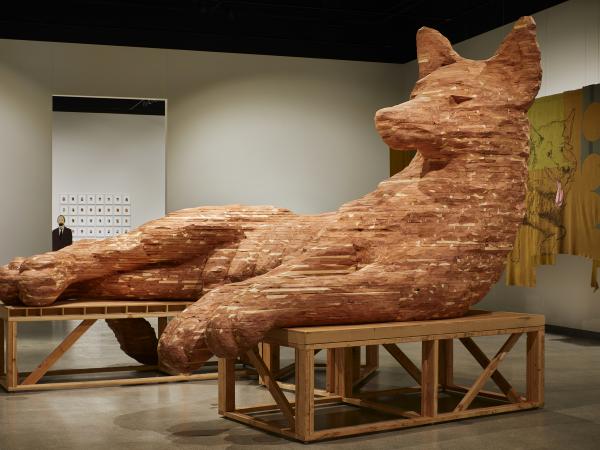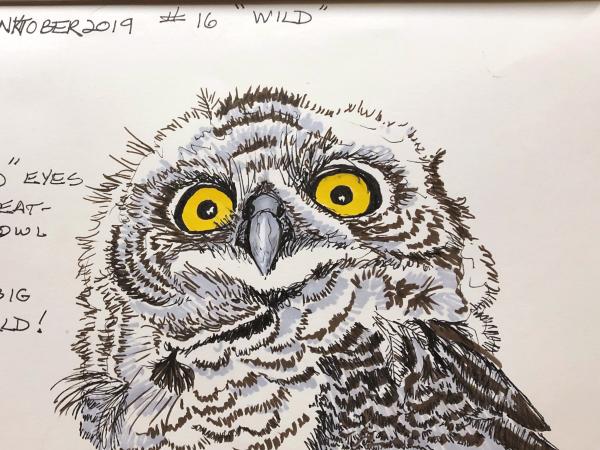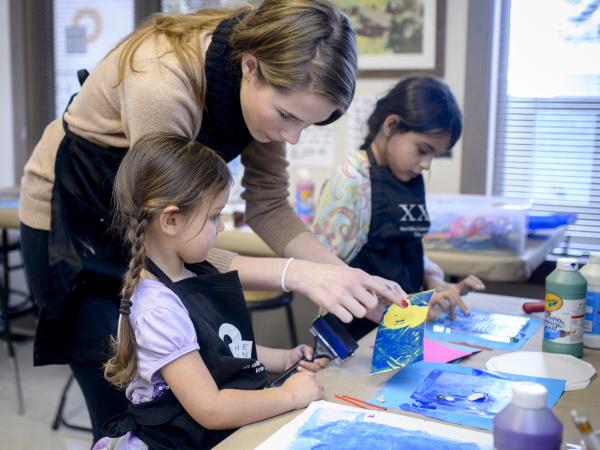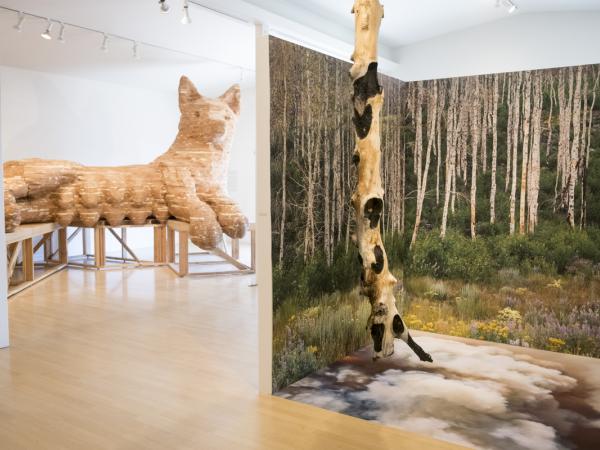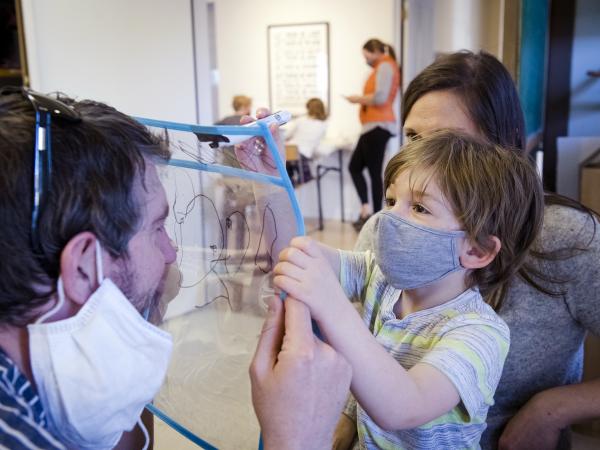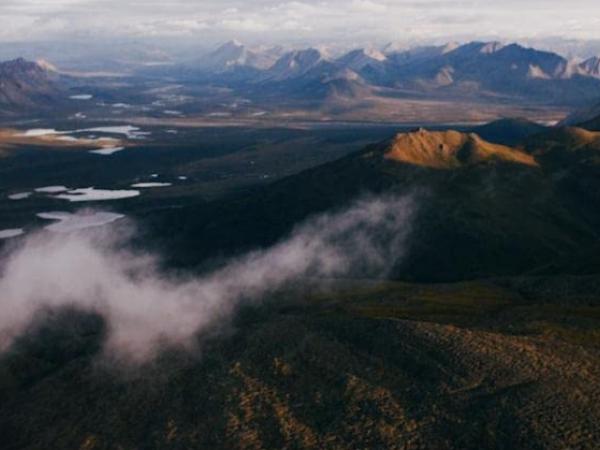MUSEUM EXHIBITION
The Wilderness Act’s definition of wilderness serves as a framework for the exhibition, which features four artists who consider wilderness through various lenses: wildland (“the earth”), wildlife (“its community of life”), and human use of and intersection with wilderness (“man himself is a visitor”).
Mark Klett first examined the changing nature of wilderness through his work rephotographing the sites of 19th-century survey photographs made by Timothy O’Sulllivan, Carleton Watkins and others in the Western U.S. Untrammeled coincides with the 50th anniversary of the Sun Valley Center for the Arts (now SVMoA), where Klett spent several years teaching at the beginning of the organization’s history. He recently returned to the area to make new work exploring the collision between the built and natural environments, and the ways that interface has changed in the Wood River Valley and beyond since his time here in the 1970s and 80s.
Photographer Laura McPhee, who lives in the Wood River Valley and along the East Fork of the Salmon River, adjacent to the White Clouds Wilderness Area, has made many bodies of work investigating the landscapes of the Intermountain West. For this exhibition, McPhee has created an immersive experience featuring large-format photographs and an installation of charred trees.
While Klett and McPhee consider shifts in the definition of wilderness and the impact of human-wildland interface, artist Marie Watt explores the contradictions between the human relationship to wildlife and the stories that we tell about creatures who live in the wilderness. Watt, a citizen of the Seneca Nation, explores the intersection of history, storytelling and community in her work. Her Companion Species series responds to Seneca and Iroquois beliefs that animals are our first teachers and that we are engaged in a reciprocal relationship with them. The exhibition features Companion Species: Underbelly, an enormous cedar sculpture of a reclining she-wolf that triggers contradictory responses—fear and danger, but also companionship and play.
James Lavadour’s approach to painting and printmaking is rooted in his intimate relationship with the land of western Oregon as an avid hiker and a member of the Confederated Tribes of the Umatilla. Rather than depicting specific landscapes in his expressive, abstract canvases, Lavadour uses his painting practice to convey his sense of oneness with the land. Lavadour’s process involves applying layers of paint, then scraping or wiping it away, performing his own kind of creation act to suggest and celebrate land. The exhibition includes Expecting Rain, an installation of 18 paintings investigating the way our experience of landscape changes with shifts in light, weather and topography.

